It is no secret that if you are really into anime, you are also probably pretty intrigued by the homeland – Japan. From the food to the history, there are a lot unique things to explore about Japan as a country. That uniqueness is primarily cultivated through a long period of isolationism before assimilating a vast variety of international ideas.
Aside from hoping on a plane, there is one way that anime fans can experience a bit of Japan, and that is through watching anime. While that experience needs to be taken with a grain of salt, I have always been a fan of visual representations of historical eras in anime. When it comes to Japanese history, it has a number of eras starting from when hunter-gather tribes first crossed over to the islands of Japan, and while not all are shown in anime, several give us a glance into the past.
Eras in Japanese History As Shown By Anime
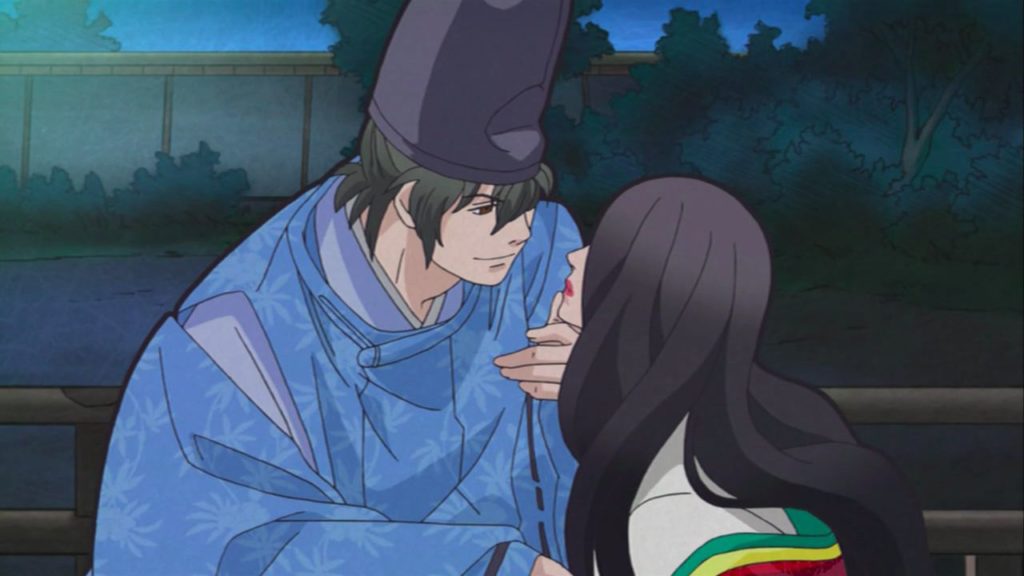
Heian Period – 794 to 1185
The Heian Period marked the height of Japan’s initial rising aristocracy. With a strong focus on the arts, this actually cultivated the rise of samurai warriors who were skilled in both aesthetics and battle. Although seen as a rather peaceful era, it was actually rife with not all-out battles, but rather intrigue and power grabs behinds the scenes by the country’s most powerful families.
While there were several eras before this one, this is as far back as you can trace Japanese history through anime, and even then, there aren’t many series interested in showing this era.
Anime About the Heian Period
Otogi Zoshi
This is easily the most famous Heian anime series, and often the only one that people are aware of. Otogi Zoshi is more mythical than it is historical as it tells the tale of the search for the magatama, but what makes it so special is that it does show off some of the old folk heroes that spawned from this period.
Shonen Onmyouji
The onmyouji culture is something that stretches into other periods, but it began here. While Shounen Onmyouji has a supernatural twist to it, it does showcase the growing influence of a variety of eastern religions in Japan during the period as well as its relationship with China.
Genji Monogatari Senneki
Based on Japan’s most famous novel of the same name, Genji Monotogari personifies what this era was all about. The story follows the second son of the emperor who, while cannot take the throne, enjoys every pleasure known to his status. However, although he enjoys many women, he yearns for love. While the anime is old, it is as beautiful as the ancient story itself. Although searchers shouldn’t be confused by the less beautiful anime movie version, this TV series is much, much better.
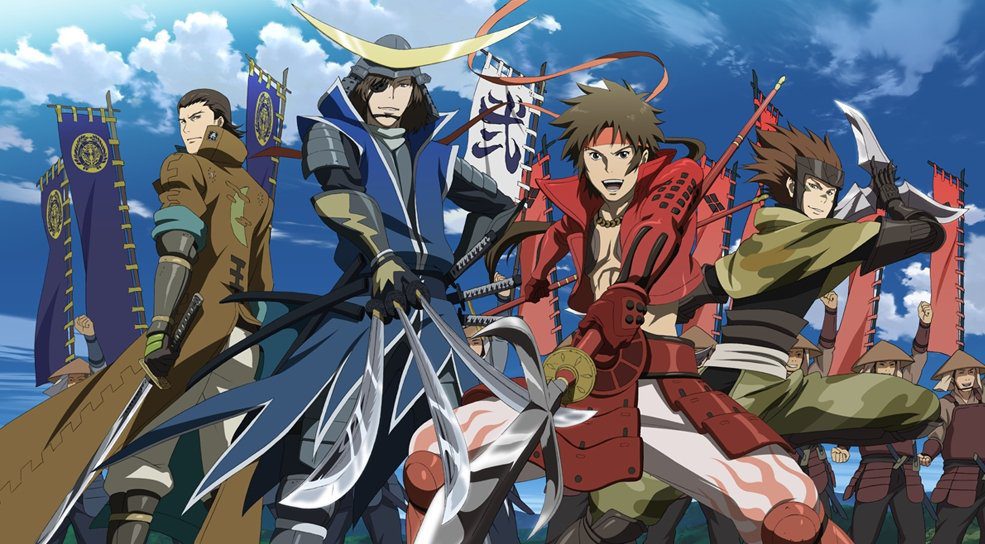
Sengoku Period – 1467 – 1600
This is where so many people fall in love with Japanese history, and typically where most anime fans start to learn about it. The Sengoku Period, or Warring States Period, is basically Japanese Game of Thrones. Famous leaders and samurai like Oda Nobunaga, Tokugawa Ieyasu, Date Masamune, and so many more have their legends remembered even today by anime and other media. Leaders of the different states in Japan fought each other for territory, power, and eventually control of Japan. While tumultuous and an obvious era of suffering for the common people, it is an era of heroes to many and easily the most famous period of Japanese history.
Anime About the Sengoku Period
Sengoku Basara
This series is pretty typical of what people expect (and even want) from a Sengoku Period anime series. The characters are all super powerful and everything is pretty action packed. It is nice watching them name drop the heroes of the history, but take it with a grain of salt.
Nobunaga Concerto
When it comes to Sengoku anime, there are tons of “reimaginings” like all the famous samurai as women, for example. This is about a modern kid that time travels back in time, meets a young Nobunaga Oda, and switches places with him in a Prince and the Pauper style way. What I enjoy about it is how it doesn’t idealize famous Japanese samurai like many other media about the time. Maybe Nobunaga was sickly and weak. We don’t know, and that is what makes it fun.
Hyouge Mono
What many don’t often realize is that samurai were warriors, yes, but they also were expected to have artistic pursuits. Philosophy, flower-arranging, tea making, poetry – these were all hobbies of samurai when they weren’t fighting. Hyouge Mono is an exploration of this side of a samurai.
Basilisk
The Sengoku Period wasn’t just about samurai. Ninjas were also crucial tools by their aristocratic masters. Often, leaders would hire ninjas from clans that train them for assassination and other subterfuge missions. However, Basilisks is more about two historical famous clans fighting each other, and it shows them with more supernatural powers.
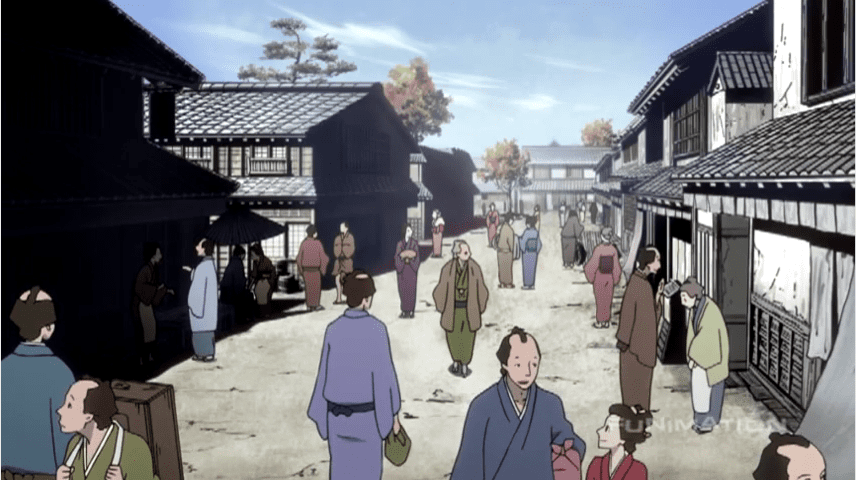
Edo Period – 1600 to 1868
When it comes to anime and history, often the Edo and Sengoku periods sort of meld together. The major difference between the two eras is that the battle royale is pretty much over. In the Edo period, the Tokugawa shogunate rules all of Japan and established a strict hierarchy among the people. This lead to a caste system that could pretty much decide your lot from the time you are born, but would be shattered at the end of the era by eager international interest to trade with Japan.
Anime About the Edo Period
House of Five Leaves
This series is a showcase of ronin culture where samurai who are left without a master are expected to kill themselves. However, instead, the main character goes to work in the seedy Edo underworld.
Gintama
Although Gintama delves into insanity more than history, it does show off the Edo period well, although sometimes it does drift on into the Meiji Restoration. While it has a lot of aliens and pop culture references, the appearance of foreigners is actually a pretty unique dialogue on a changing Japan, though it was likely more for comedy.
Shigurui
The Edo Period was one of less violence, but it was still there. Shigurui displays the less beautiful side of the era where people fought for sport and the widespread cruelty that sits under the surface of every country’s history.

Meiji Restoration Period – 1868 – 1912
As Western cultures pushed into Japan, the Imperial Court that ruled over the country began to deconstruct the caste system, but that also meant the death of the samurai as their warrior caste was disabled and their need no longer there. Even going so far as to ban swords, the Meiji era was both about growing western influences in the country and a fight to preserve certain traditions.
Anime About the Meiji Period
Rurouni Kenshin
This is your most famous Meiji anime series, yes. It deals largely with a changing nation from the perspective of fighters and samurai who were often left with nothing as their caste was dissolved. The main characters are actually the ones that adapt, but the villains are often samurai who have lost their purpose.
Laughing Under the Clouds
Of course when swords were banned in Japan, not everyone was so happy with that. This is the story of the people that rounded up Meiji’s rebels and criminals that fought to keep traditional ideals or just take advantage of people.
Demon Girl Zakuro
Yes, this has a huge supernatural twist, but it does give you a real glimpse of Japan’s new westernized military culture in an alternate history timeline. If you can look past the supernatural veneer, there is some real subtext of Japanese ideas being married off to western ones.
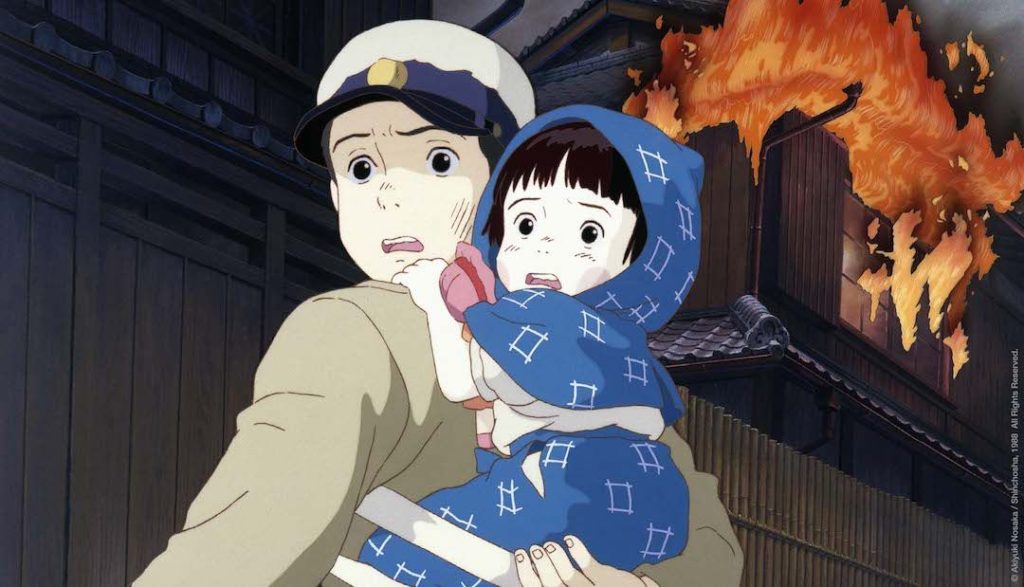
Showa Period – 1926 to 1989
Aside from the Sengoku Period, the Showa Period is the next big moment for anime portrayal, mostly because this is when anime actually started to grow. While the later periods of the Showa period are somewhat ignored, you will find a lot of series dealing with Japanese history in World War II as well as the fallout after the war when post-war Japan was left kind of in shambles and majorly rebuilt with the guiding hand of those who defeated them.
Anime About the Showa Period
Grave of the Fireflies
Get ready for one of the most heart-breaking stories about World War II that you will ever see. That is all.
Zipang
This series, although having a touch of time travel, is still a bit military chest beating, but allows a lot of understanding of Japan’s stance in World War II form a Japanese standpoint.
Rainbow
Rainbow takes place in 1955 when Japan was rife with crime and still recovery from the war. A lot of young men, not really having a purpose in life, got in trouble and were sent to prisons that went widely unregulated.
Showa Monogatari
Basically Japan from the 1960’s through the 1980’s doesn’t really exist in anime. It was likely pretty uninteresting. However, this rare example tells the tale of one family in 1964, the year Tokyo hosted the Olympics. You get to see Japan after its recovery period, but not long enough that the country had forgotten.
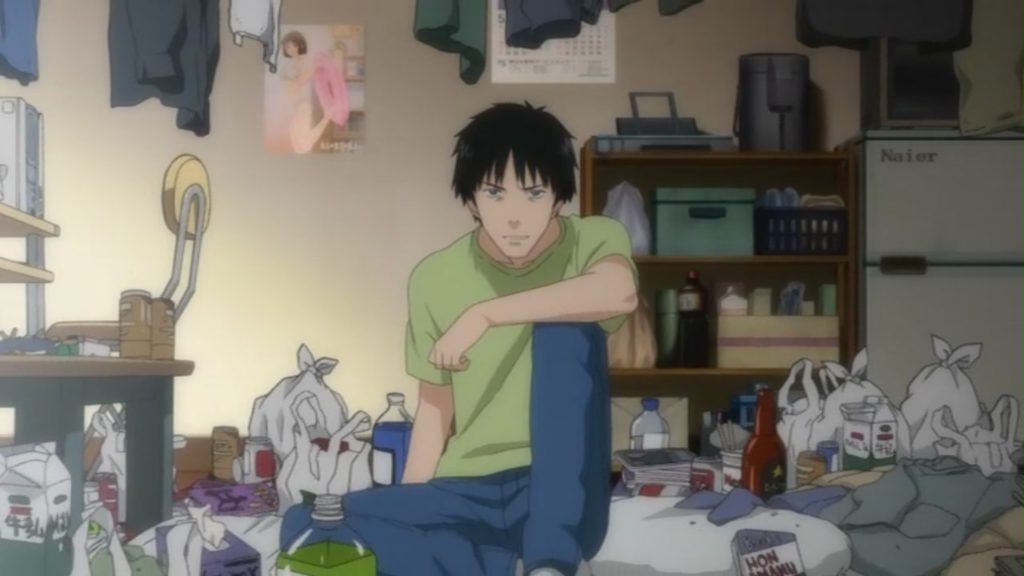
Heisei Period – 1989 to Present
Finally, we have modern Japan. In essence, this can actually be one of the more fascinating times to see in anime because modern Japan does have a fair share of problems. From the loss of identity in a connected world, the lack of relationships that result from nuclear families, the rejection of what has become such an overbearing society, and the NEET / hikikomori plague that, while not specific to Japan, was made famous by the huge rise in cases that came from the country. While most modern anime showcases fantasy or blissfully ignorant happy themes, it is the series that go for an honest look at these problems that are actually some of the greatest series.
Anime About the Heisei Period
Paranoia Agent
Satoshi Kon was a master of psychological anime about our modern lives before he died, but he only made one anime series to pair with several amazing movies. Paranoia Agent explores a lot of modern problems in the guise of a problem that seems supernatural, but is actually just psychological.
Serial Experiments Lain
This series is one of those anime series that is a commentary on our connected lives, and also one serious mindfuck. Go on ahead and go deeper down the rabbit hole.
Welcome to the NHK
This is one of the best explorations of NEET culture because it was based on a book written by a shut-in himself. While it threatens to be more sci-fi, it is all basically the delusions in the guy’s head, delusions that happen when you are shut in a room by yourself for months on end.
There are tons more periods in Japanese history and thousands of more anime series out there. If you have any more to add, do so in the comments section below.

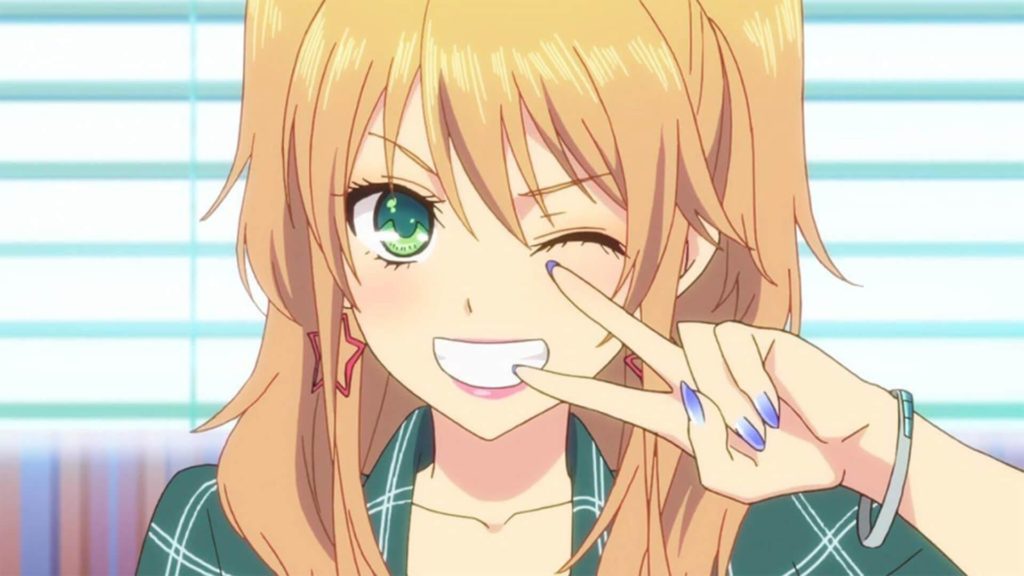
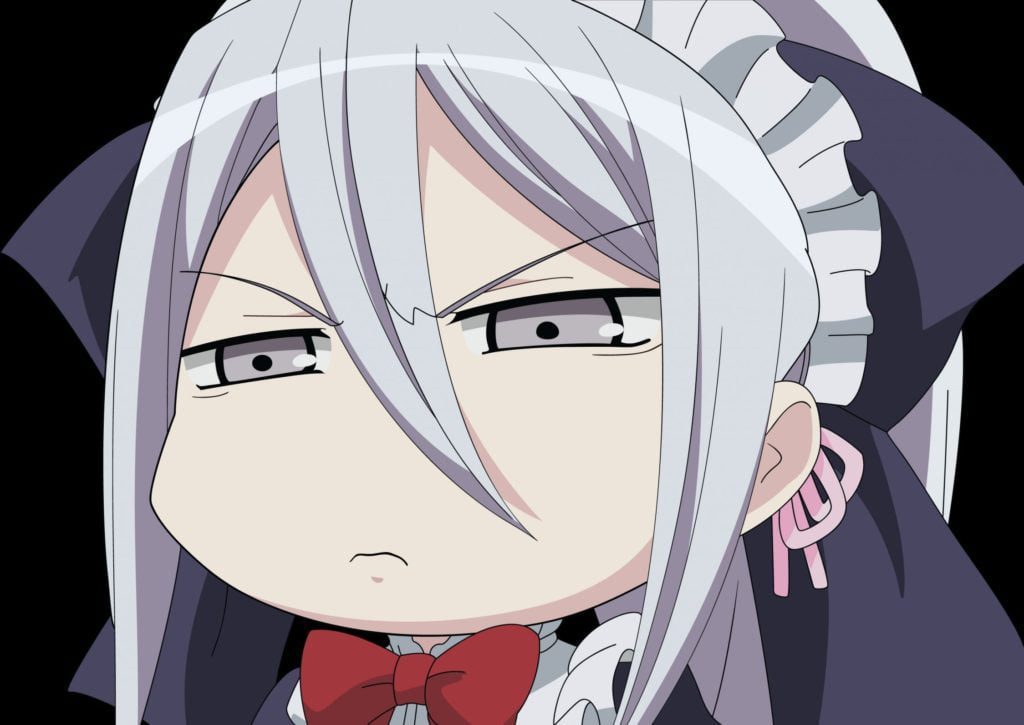
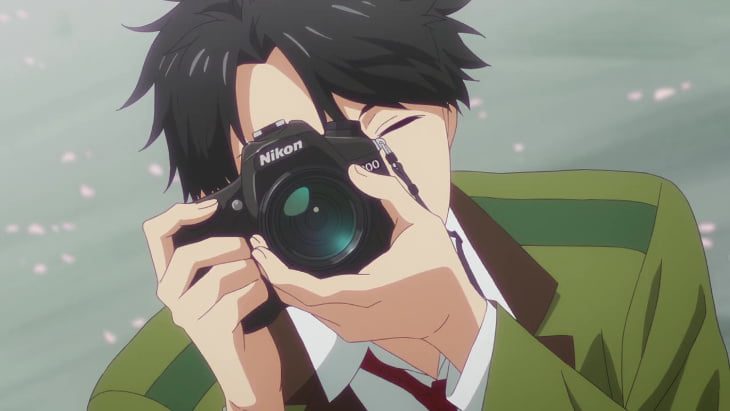
This is a helpful list, though I find the 1987 anime for Genji Monogatari much more distinct and beautiful than the 2009 anime. (It’s pretty hard to adapt Genji due to how creepy the actual story is through a modern lens).